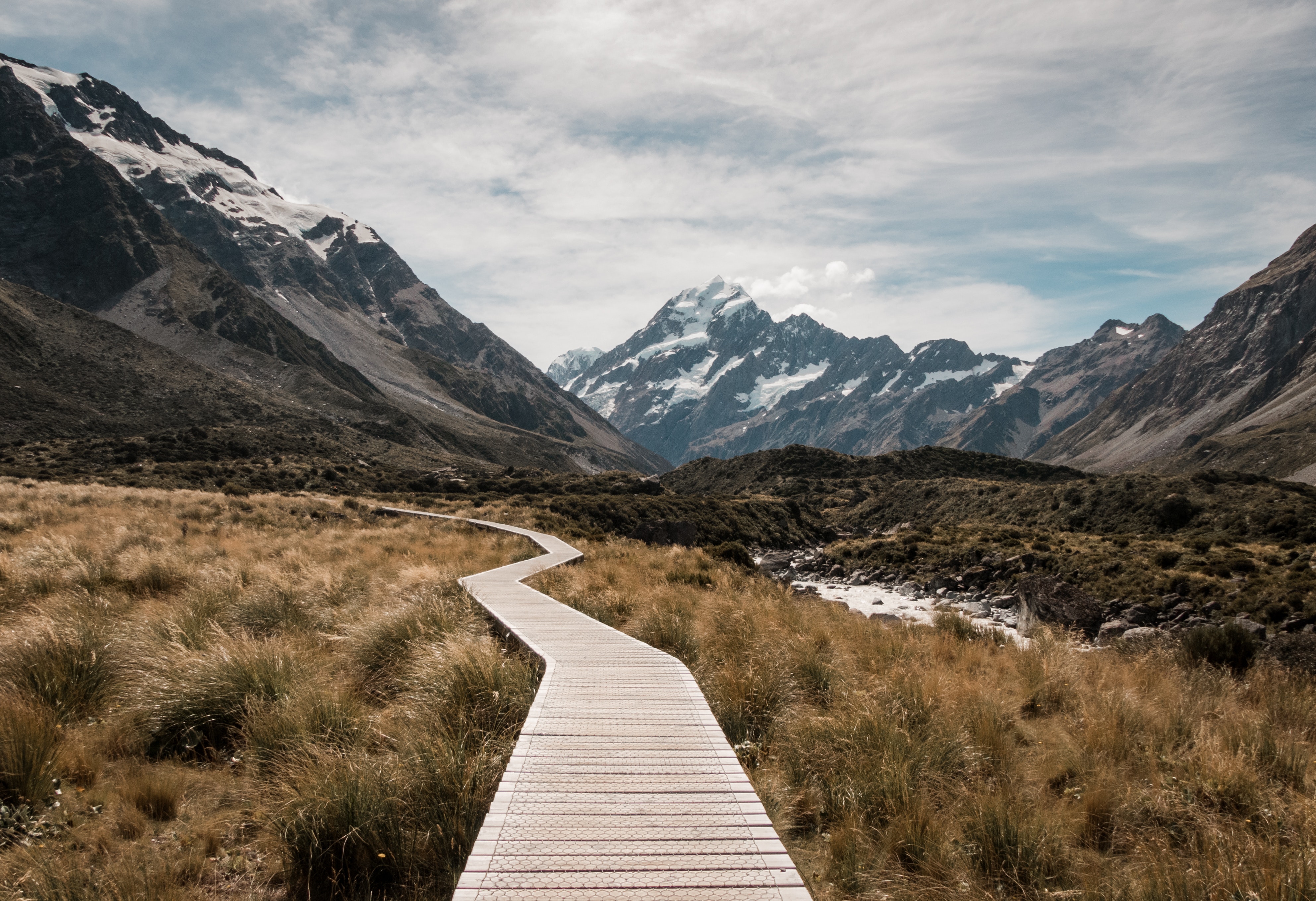
Interested in landscape photography?
Have you ever wanted to get involved with a bit of landscape photography? Have you got absolutely no idea where to start? Then our list of top tips may point you in the right direction!
Benefits to landscape photography
First of all you may be thinking, why landscapes? …well, shooting an image of a landscape gives you the opportunity to get out there in the fresh air and be that one step closer to nature.
It allows you to spend time in an environment that you wouldn’t usually. It lets you appreciate the beauty there is around you, and gives you the opportunity to explore new places.
Landscape photography can even be therapeutic and calming for the mind, giving you time and space to think and observe all that is around you. You can also produce some truly beautiful images with landscape photography produce beautiful images.

Top tips
So if you want to try your hand at photographing landscapes, here’s some top tips to get you started:
1. Maximise your depth of field
Using the aperture (f-stop) of your lens is the simplest way to control your depth of field as you set up your shot. A larger depth of field will ensure as much of your scene is as in focus as possible. The smaller the aperture (the aperture controls the amount of light that the lens lets in), the greater the depth of field in your shot.
Large aperture = Small f-number = Shallow (small) depth of field
Small aperture = Larger f-number = Deeper (larger) depth of field


2. Tri-pod
Use a tri-pod to ensure your camera is completely still to allow you to capture the best shot
3. Ensure your image has a good focal point
Having a good focal point is key. You don’t want your shot to look too empty. Think about what the focal point is and where the focal point is. It could be a tree, a rock, or a building for example
4. Foreground
Think about the foreground and placing points of interest to create a sense of depth to your photo. Use things like reflections in the water for example, or glass if you are shooting near a glass building, street lamps reflecting in puddles, shadows etc
5. Sky
Don’t forget about the sky. Decide between either a dominant foreground or sky. If the sky isn’t very exciting try not to let it overpower the shot
6. Points of view
Change your point of view. Often looking at the same thing but from a different angle will produce different results. Always remember to take time with your shots, finding a more interesting point of view to shoot from. Shoot from eye level, and from down on the ground to higher up, you’ll find the perfect shot eventually. We’ve included a few examples below for you

Low angle shot – photographed near to the ground

Birds eye view – shot from above

panoramic shot 1

panoramic shot 2
7. Time of day
Consider the time of day. You have the options of shooting early in the morning when the sun is rising, during the daytime, late in the evening when the sun is setting, or when it is dark at night. You could even photograph the same scene at different points of the day to compare the results and see what you prefer
8. Motion shots
Consider a motion shot to capture any movement. You can do this by having a longer shutter speed. Most people think landscapes are still and calm, but this is rarely the reality. Conveying movement in an image will add a bit of drama and interest to the shot. Examples include the wind in the trees, waves moving in the water, birds flying, clouds moving


9. Weather
Work with the weather, even if it’s absolutely pouring! You may only want to shoot on a bright sunny day as you think this will produce the best image, but try shooting in all weathers and see what a difference it makes. It will give you variations in your shot and more of a ‘real’ element to it
10. The end goal
Think about what you want your image to achieve, what sort of feeling do you want people to feel when they look at it. Keep this in mind to ensure you fulfil your goal and that you are happy with the end result
Showcasing your work
After all of your hard work, why not showcase your fantastic landscape shot on a canvas? Simply click the link to visit the website and upload your photo to create your landscape masterpiece! We’ve included an example below to give you some inspiration. So what are you waiting for? Upload an image today – your very own landscape canvas is just a few clicks away!


